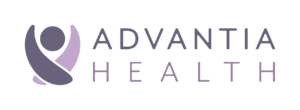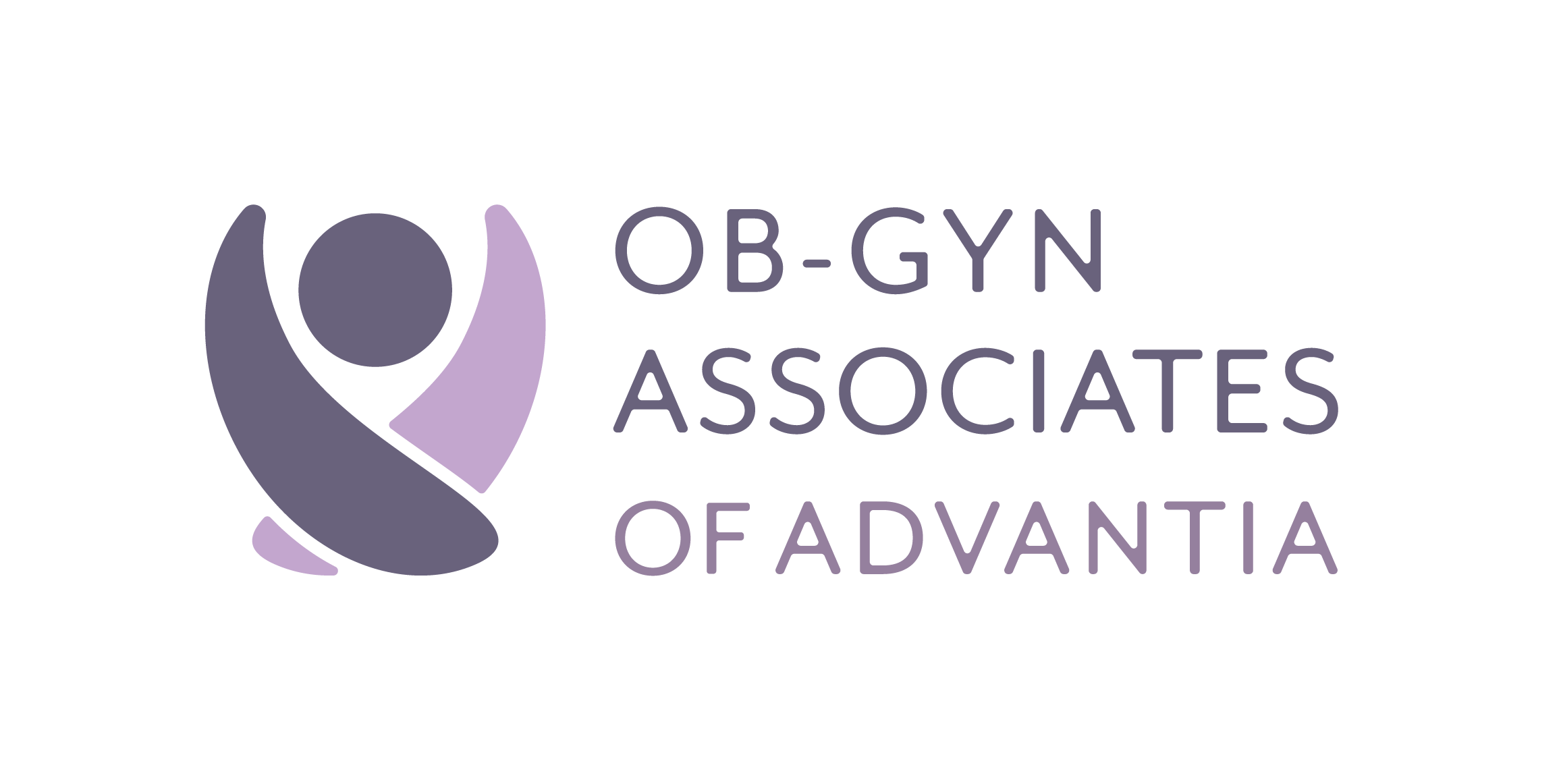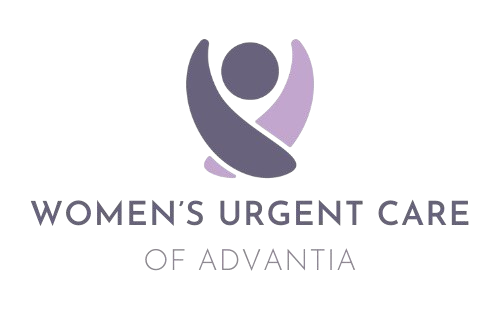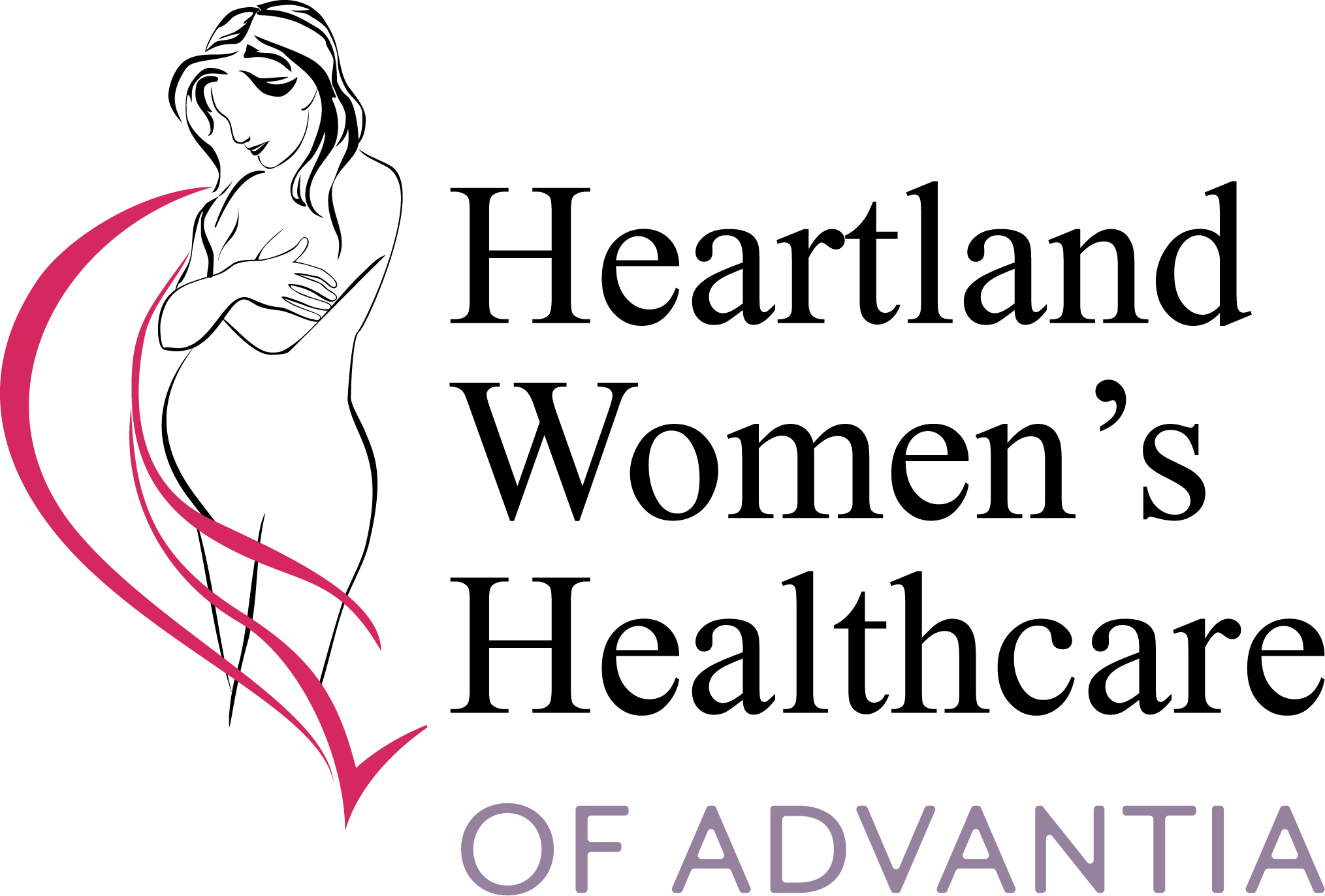
Published on: 9 August, 2012
Read Time: 4 min
With their 20s and early 30s dedicated to achieving educational goals and success in the workplace, more and more women find themselves delaying the birth of their first child. In 2009, 14% of all births in the US were to women 35 and older. If you fall into this group, you may wonder what all of the fuss is about; you’re fit and healthy, financially secure and ready to meet this new challenge head on. The good news: the majority of older mothers have trouble-free pregnancies and deliver healthy babies. However, it’s important to be aware of the extra risks that are associated with pregnancy after 35.
Difficulty getting pregnant
Most women are aware that fertility decreases as they head into their late 30s; this is the genesis of that proverbial biological clock. All of the eggs released over a woman’s fertile years are present in the ovaries at birth. As women age, the quality of their eggs gradually diminishes, resulting in changes in their genetic material or shape. There are also fewer eggs available to be released, a condition known as diminished ovarian reserve. Furthermore, changes in the level of female hormones can result in irregular or inconsistent ovulation, making pregnancy more difficult.
Difficulty staying pregnant: problems in early pregnancy
Women over 35 have higher rates of miscarriage than younger women; at 35, the miscarriage rate is approximately 25%. At 40, this rate climbs to 33%. Most of these miscarriages are the result of genetic abnormalities in the eggs, which prevent normal development of the baby.
Older mothers also have higher rates of ectopic pregnancies, or pregnancies that implant and grow outside of the uterus, most often in the fallopian tubes. The risk of ectopic pregnancy is up to four times greater in women over 35, possibly due to higher rates of previous pelvic infection and endometriosis.
Problems in later pregnancy
Older women are more likely to have chronic medical conditions that can affect pregnancy. Chronic hypertension is twice as common in women 35 and over than in women in their early 30s. Poorly controlled hypertension increases the risk for preeclampsia, a serious medical condition that can result in damage to the kidneys and other organs. Hypertension also increases the risk for placental abruption, or separation of the placenta from the wall of the uterus.
Pre-existing diabetes and gestational diabetes (diabetes that develops during pregnancy) are also more common in older mothers, affecting around 10% of expectant mothers over 40 versus 3% of expectant mothers overall. Diabetic mothers are more likely to have large infants who are difficult to deliver, sometimes resulting in cesarean section or injury to the baby’s shoulder.
Older women have higher rates of stillbirth; this is proportional to age, with the risk at age 40 to 45 significantly greater than 35 to 40, and so on. However, the stillbirth rates are still fairly low, around the order of 1 in 100.
Chromosomal abnormalities
Damage to genetic material in the eggs with advancing age can give rise to chromosomal abnormalities, most notably Down syndrome. The rate of Down syndrome increases from approximately 1 in 1000 in a 30 year old to 1 in 35 in a 45 year old. Older women may also have a higher risk of nonchromosmal birth defects, including congenital heart defects.
Healthy pregnancy after 35
Even with these increased risks, your odds are good for a worry-free pregnancy. Eating well and getting regular exercise, as well as working closely with your doctor, gives you the best chance of reaching your goal, a healthy baby.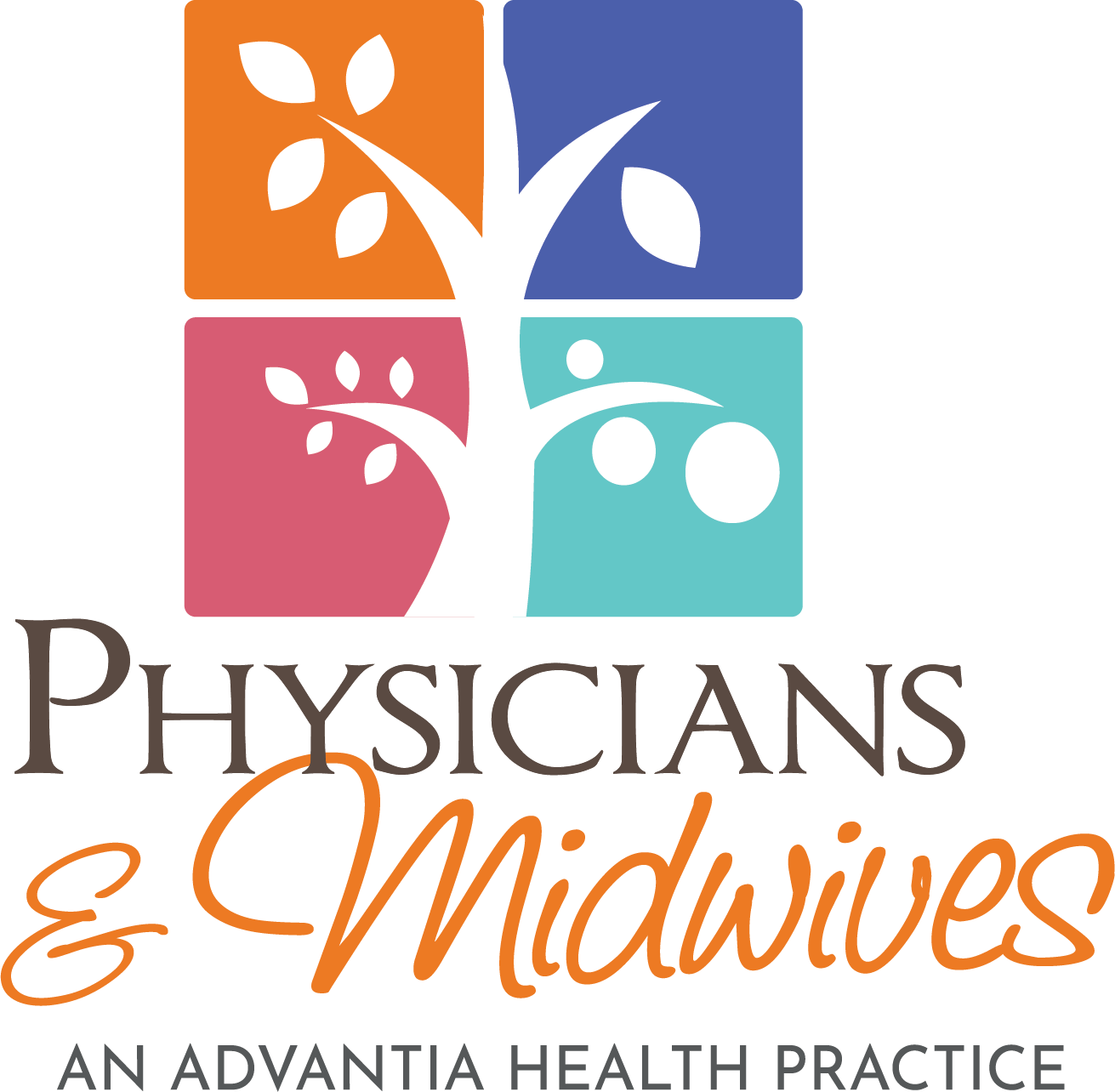
Physicians and Midwives, an Advantia Health Practice
Physicians and Midwives is a unique collaborative practice you won’t find anywhere else. We have 5 offices for your convenience all across Northern Virginia, including Alexandria, North Arlington, Mt. Vernon, Kingstowne, and Woodbridge. If you would like to be listened to, as well as cared for, then look no further.
